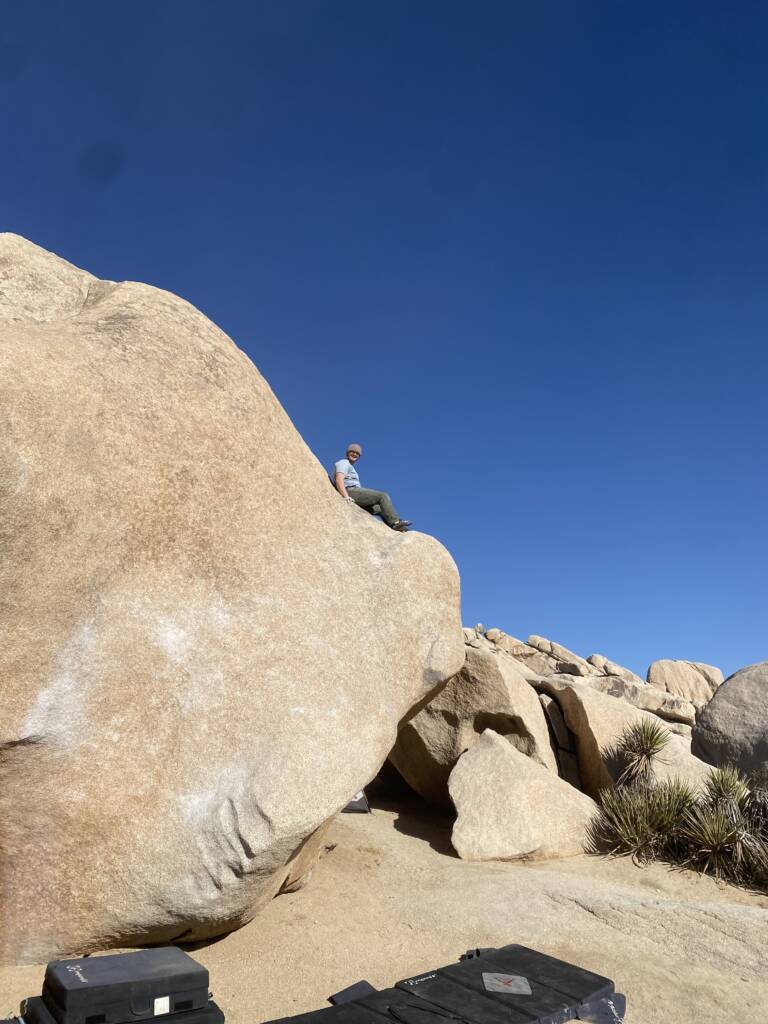For many, outdoor climbing is the main motivation for getting better at climbing. This can come with logistical questions. When does one train vs climb outside? How can you ensure you get both in enough? The problem revolves around your access to rocks. The closer you are, the easier it is to get outdoor climbing in, but then comes the question of how and where it fits in. This blog will focus on this group of climbers with rocks accessible within an hour or two, close enough for day trips (such as us here in Madison, WI going to Devils Lake State Park).
There are many ways to manage outdoor days in your training week and grander cycle. Are you limit climbing, getting in volume, or maybe having a chill day at the crag with friends with no objective or structure? Pinning down the stimulus will allow you to see where it fits.
Hard climbing days will require rest before and after them. Whereas lighter days may require less rest or additional training for that day. The most common archetype for climbers in this position is the weekend warrior. They will train indoors all week and then come weekend climb outside generally. When the outdoor days are slotted like this, it’s key to rest Thursday and or Friday to ensure you get everything out of these days. Bring lots of snacks if it will be a long day. If one climbs two days on the weekend, be sure to get another rest day on Monday before going back to training on Tuesday.
Training with a traditional work schedule
For people with a less traditional schedule and can go during the week, it is more like slotting the outdoor day in with the rest of training. A hard climbing day could be done indoors or out, but it is key to get the prescribed volume in. When climbing outdoors, it is harder to get the same volume you can indoors. Sometimes, after a day outside, you may have more in your fingers; you could slot in a short hangboard workout or an equivalent after you return from your outdoor session. The same goes for high volume / low intensity days. On high volume necessary days, finish the day with some repetitions or arcing at the gym.

Outdoor climbing is a blast and feels very different than its gym counterpart. If your goal lies in outside rocks, it is pivotal to get plenty of time on rocks of all difficulty to gain the skills required. Outdoor days are great for technique, especially footwork, as the feet are often smaller and less obvious. For pure power days, one might consider staying indoors and using a board unless there are enough powerful climbs at your crag to get you the needed volume.
Outdoor climbing is a powerful tool for skill development, mental game, and is generally just a blast. Try and get in as much as you can while keeping up your training. Avoid getting caught up in endless projecting, especially in the off-season. Use it as a training tool when appropriate and as a fun activity when you need it.


